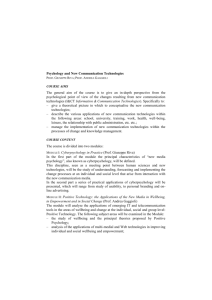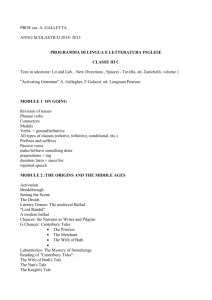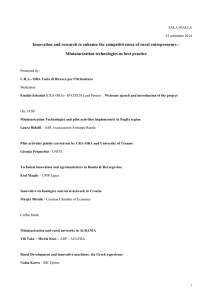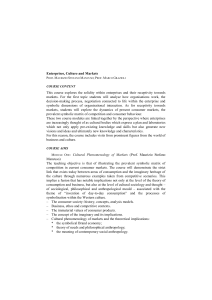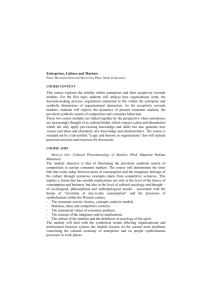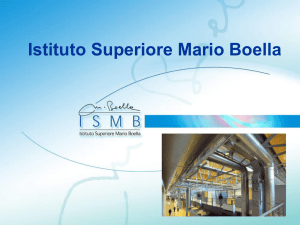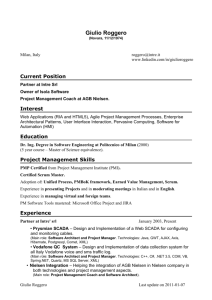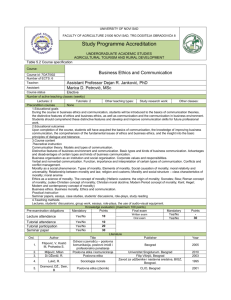Psychology and New Communication Technologies
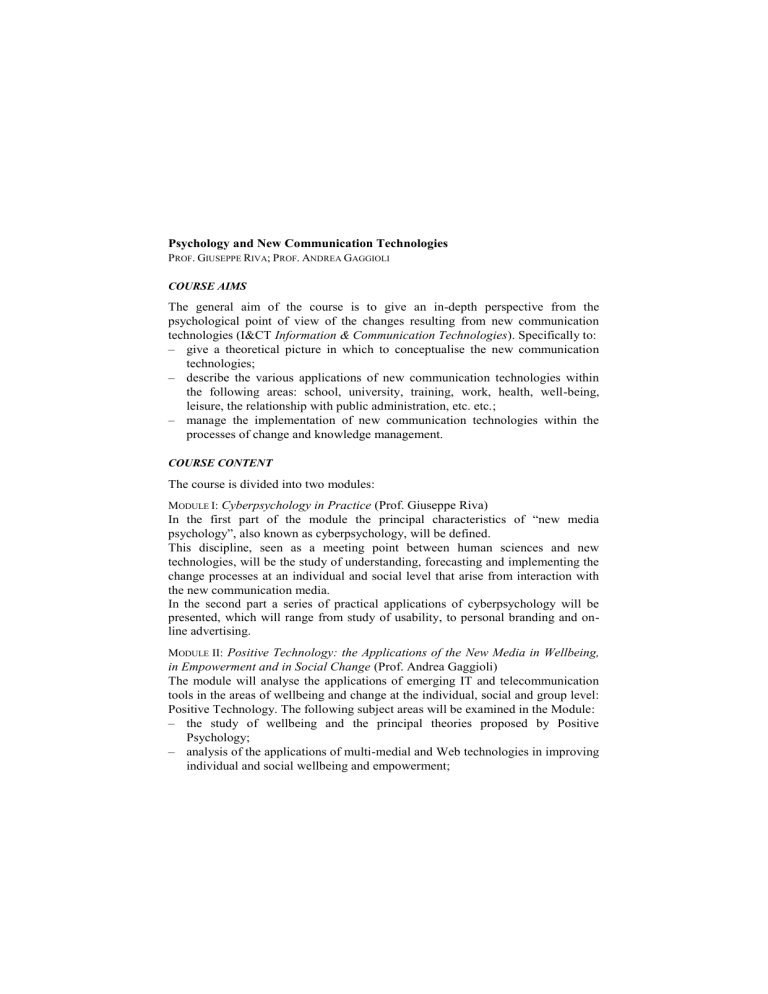
Psychology and New Communication Technologies
P
ROF
.
G
IUSEPPE
R
IVA
; P
ROF
.
A
NDREA
G
AGGIOLI
COURSE AIMS
The general aim of the course is to give an in-depth perspective from the psychological point of view of the changes resulting from new communication technologies (I&CT Information & Communication Technologies ). Specifically to:
– give a theoretical picture in which to conceptualise the new communication technologies;
– describe the various applications of new communication technologies within the following areas: school, university, training, work, health, well-being, leisure, the relationship with public administration, etc. etc.;
– manage the implementation of new communication technologies within the processes of change and knowledge management.
COURSE CONTENT
The course is divided into two modules:
M
ODULE
I: Cyberpsychology in Practice (Prof. Giuseppe Riva)
In the first part of the module the principal characteristics of “new media psychology”, also known as cyberpsychology, will be defined.
This discipline, seen as a meeting point between human sciences and new technologies, will be the study of understanding, forecasting and implementing the change processes at an individual and social level that arise from interaction with the new communication media.
In the second part a series of practical applications of cyberpsychology will be presented, which will range from study of usability, to personal branding and online advertising.
M
ODULE
II: Positive Technology: the Applications of the New Media in Wellbeing, in Empowerment and in Social Change (Prof. Andrea Gaggioli)
The module will analyse the applications of emerging IT and telecommunication tools in the areas of wellbeing and change at the individual, social and group level:
Positive Technology. The following subject areas will be examined in the Module:
– the study of wellbeing and the principal theories proposed by Positive
Psychology;
– analysis of the applications of multi-medial and Web technologies in improving individual and social wellbeing and empowerment;
– Planning Positive Technologies: the role of the Psychologist in the design and development of technological applications aimed at wellbeing.
As well as analysis of these topics, the aim will be to provide the tools for planning, design and evaluation of the effectiveness of Positive technology applications.
READING LIST
G.
R IVA , Il Social Network, Il Mulino, Bologna, 2010.
D.
B ENYON , Progettare l’interazione: Metodi e tecniche per il design di media interattivi, Pearson,
Milano, 2012.
Plus one book chosen from the following:
M UZIO -R IVA -A RGENTON
(edited by), Flow, benessere e prestazione eccellente. Dai modelli teorici alle applicazioni nello sport e in azienda, Franco Angeli, Milano, 2013.
M ARDEGAN -P ETTITI -R IVA , Mobile Marketing: La pubblicità in tasca, Lupetti, Firenze, 2011.
M ORGANTI -C ARASSA -R IVA , Intersoggettività e interazione. Un dialogo fra scienze cognitive, scienze sociali e neuroscienze, Bollati Boringhieri, Turin, 2010.
N ORMAN , Emotional design. Perchè amiamo (o odiamo) gli oggetti di tutti i giorni, Apogeo, Milan,
2004.
G.R
IVA -L.
M ILANI -A.
G AGGIOLI , Networked Flow, LED Edizioni, Milano, 2010.
S COTTI -S ICA , Community management. Processi informali, social networking e tecnologie
Enterprise 2.0 per la gestione della conoscenza nelle organizzazioni, Apogeo, Milan, 2010.
V INCELLI , Realtà Virtuale in Psicologia Clinica, McGraw Hill, Milan, 2006.
V ILLANI -G RASSI -R IVA , Tecnologia Emotiva: nuovi media per migliorare la qualita' della vita e ridurre lo stress, LED Edizioni, Milano, 2011.
TEACHING METHOD
Lectures in the lecture room backed by multi-media presentations and material available on-line, analysis of working tools, exercises and simulations.
For Module II, a practical lesson is planned with the aim of giving students the opportunity to experiment with the planning, design and evaluation process of a Positive
Technology application.
ASSESSMENT METHOD
Module I
A written exam (one only at the conclusion of the lectures). Students who do not take the written exam at the end of the course will sit an oral exam (on the dates called) after having carried out a practical exercise.
Module II
The level of learning will be assessed by a practical exercise and a written paper (short dissertation) to be held at the end of the lectures.
NOTES
Further information can be found on the lecturer's webpage at http://docenti.unicatt.it/web/searchByName.do?language=ENG or on the Faculty notice board.
